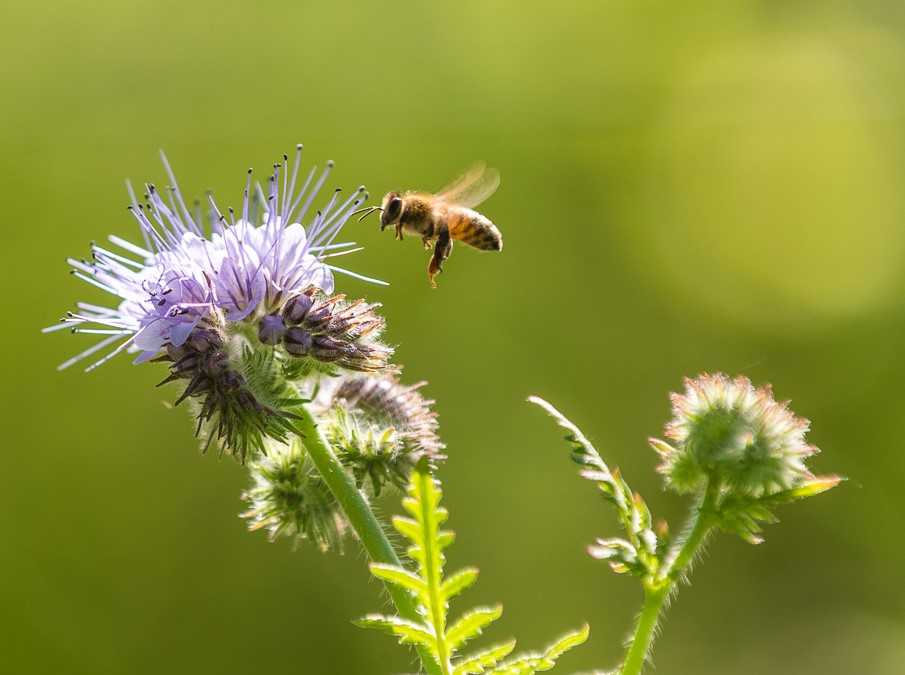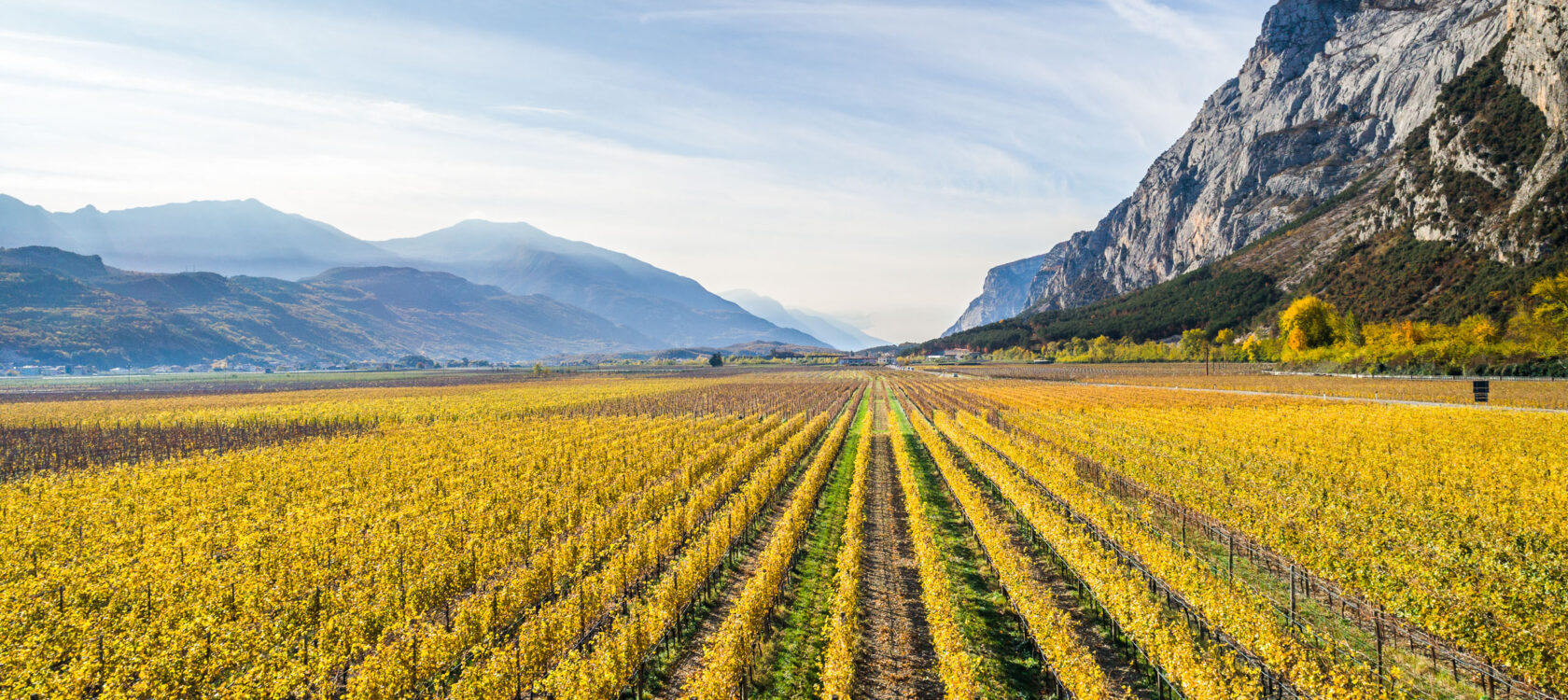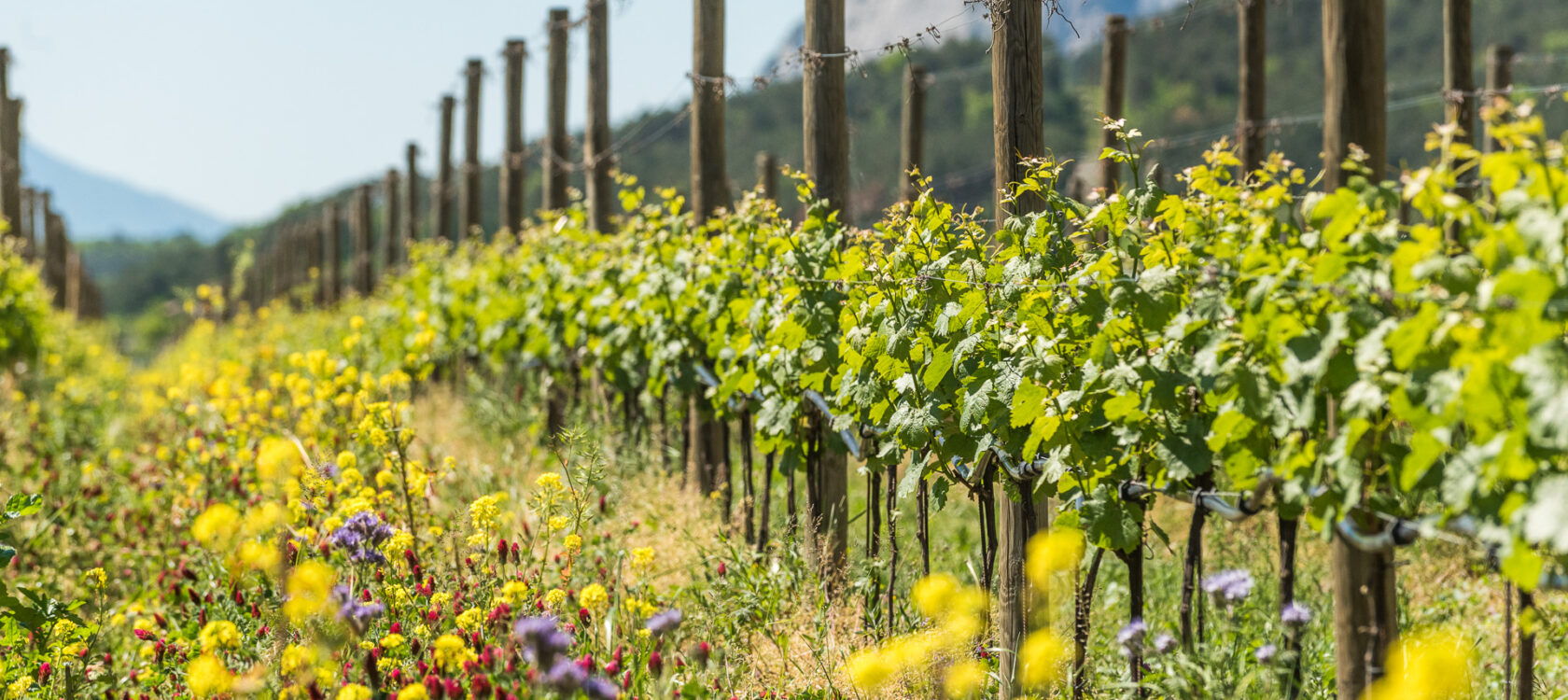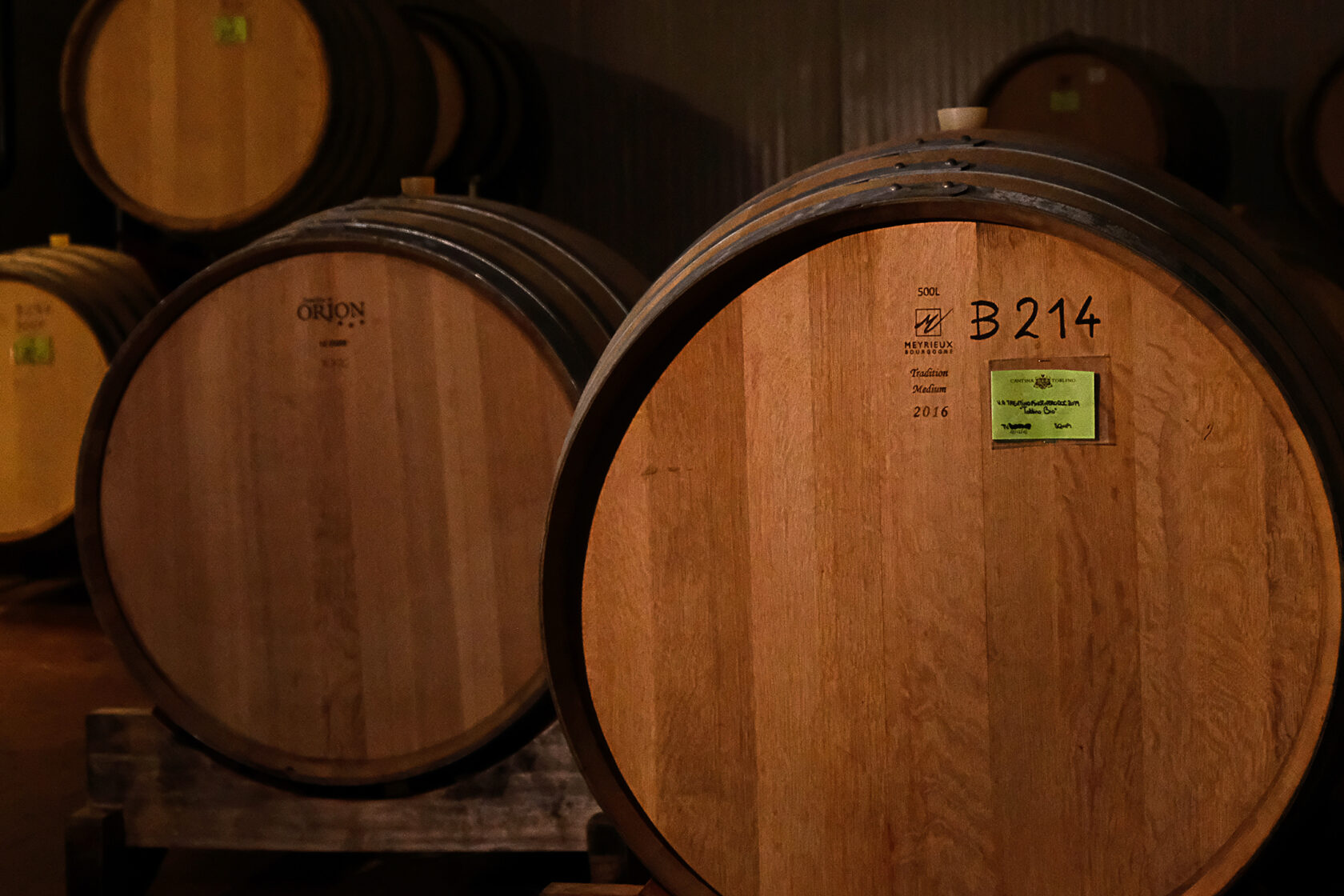Indelible traces of ancestral mutations. Water, rocks, air. Mixed who knows how and when, to form scenarios of an apparently homogeneous habitat, in reality all to be discovered. Mixed again, with the work of man, of his constant work. A silent work, often forgotten, but which forged the valley: it was made by the ‘genius loci’. With what ‘genius of the site’? That of being an area that allows you to intuit, glimpse misunderstood atmospheres in the landscape.
You see, you admire, the panorama seems to you homologous and in reality it is a triumph of diversity. The one that fascinates for its spontaneity; for how the borders intersect between water and sky, lands and rocky walls, all blurred, one into the other. With very significant natural archetypes. Which testify to an agricultural tradition, a history intertwined with vines and grapevines, between conservation and innovation. As the valley focuses on tradition to develop its physiognomy, applying (almost) unconsciously the lesser known meaning of the word ‘tradition’. The one from the Latin ‘tradizio’, a Greek derivation of ‘tradere’, that is to say delivering and transmitting meanings that have links with the concept of ‘betrayal’. Even if this is intended as a ‘consecutive’ of environmental specificity, to affirm the identity value of all that is linked, it is close to its origin, to ‘open the native land to light’.
Vines and wines of a place, between beneficial waters and breezes.
Holm oaks, olive trees, especially vines. Few other Alpine resorts can boast such a singular cult of the vine. A valley where the rows almost merge into the blue of the water mirrors and the clear blue alpine sky. Vines for centuries cultivated on fields torn from the mountain. On terraces which fortunately prevented the intensive exploitation of the territory. Here you cannot see vineyards without imperfections. Aesthetics are still the result of the hand of man, of the winemaker. Safe hand planted the row ‘by eye’, respecting the ridge of the hill, the (right) direction of exposure towards the afternoon sun. This is why the wines still stand out in this valley as they tell the story of the territory where they are born. They contain knowledge. Not just flavors. But how to understand this valley? Just let yourself be guided by the landscape. Using the wind, the Hour. Vènt, breezes, gusts that transmit voices, sounds, condition microclimates, and therefore crops and cultures.
- It all begins with the wind, the identity of a territory such as the Valle dei Laghi, Foll is the unique, complex, lively and elegant Chardonnay.
- The stone, as a fundamental element of the soil on which our vines grow, Las is the round, full-body, tenacious Lagrein.
- Our attachment to history, represented by a capital that borders our vineyards, Praàl is the incredibly harmonious Pinot Blanc.
- The importance of people, the openness to what comes from outside and which at first we do not know, Da Fòra is the intriguing, fragrant, new Manzoni Bianco.
- The passion, from the vineyard to the glass, perceptible in the fresh air in the Valle dei Laghi, Baticòr is an elegant, delicate and refined Pinot Noir.
- When tradition joins the character of a territory, Largiller, a wine that has been able to reinterpret and enhance the qualities of the only native Trentino white grape, Nosiola.
- The light bubbles rise from the most suitable plots of Chardonnay and Pinot Noir from the Valle dei Laghi, Vènt Extra Brut with over 36 months on the lees and Vènt Riserva with over 60 months on the lees.
The idea behind all these wines is to surprise from the first taste, bringing to mind memories of the Valle dei Laghi, its idyllic landscapes, a healthy and fresh air, in which the Cantina Toblino vines grow, cultivated day by day. with great passion.




